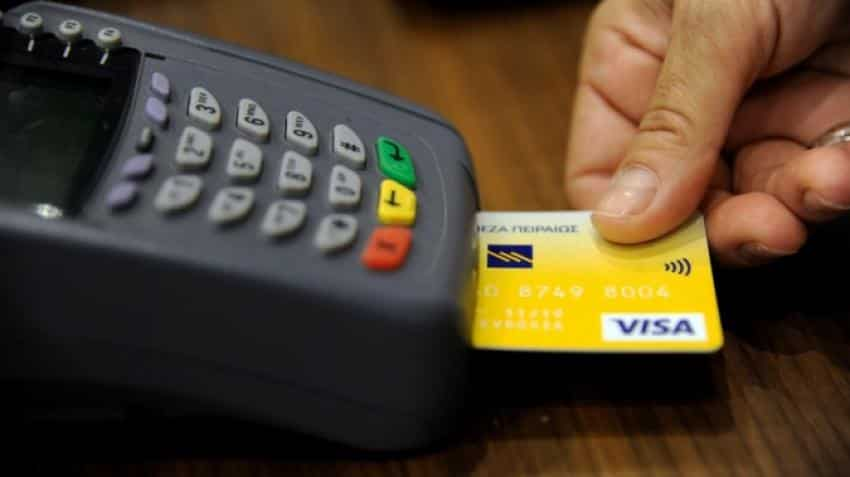Digital payment: Know here all about popular platforms
Digital payment platforms: E-wallets came to the rescue of people when demonetisation struck and ATMs ran dry, and people have since adopted it as a part of their everyday lives. These e-wallets can be used to pay utility bills, pay at local stores, send and receive money anywhere and much more. Remember that KYC is mandatory for using e-wallets now as per RBI’s directive.

Digital payment platforms, especially post demonetisation have become the most convenient method to transact in the Indian economy. After the government announced the scrapping of Rs 500 and Rs 1000 notes, Indians had to hastily move to digital payment systems for their daily needs in all spheres of their life, right from shopping to paying electricity bills, to even sending money to friends and family. Although popular now, digital payments have their own advantages and disadvantages. The biggest boon is the ease and convenience of digital platforms, as keeping cash can be cumbersome. With most offline merchants now accepting digital payments after demonetisation, sending and receiving money digitally has become easy like never before. What’s more is that the government is giving a big push to such platforms with exemption from service tax if you make digital payment of up to Rs 2000 and availing 0.75% discount on fuel transactions.
The National Payments Corporation of India is also giving referral bonus to users and cashback to merchants who use the UPI platform BHIM. Although digital payments are popular now, it’s also important to use them safely. “Data breach” are two words you hear frequently, and you must know how to your digital money in a safe manner.
Apart from this choosing among many digital modes of payment in the market can also get confusing, now that there are so many options available. Here are some of the popular digital modes of payment and what you should specifically know about them.
UPI
UPI or Unified Payment Interface helps you send and receive money directly with your bank account. It helps in transferring funds by just using your UPI ID or account number. There are many popular UPI apps such as BHIM, Tez, SBI UPI, HDFC UPI, iMobile apps and more in the market.
E-wallets
E-wallets came to the rescue of people when demonetisation struck and ATMs ran dry, and people have since adopted it as a part of their everyday lives. These e-wallets can be used to pay utility bills, pay at local stores, send and receive money anywhere and much more. Remember that KYC is mandatory for using e-wallets now as per RBI’s directive.
AEPS
Aadhaar Enabled Payment Service is a digital mode of payment which uses your Aadhar number to pay your creditors. Unlike other digital mode of payment, AEPS charges you for transactions made by you or on behalf of you. The convenient factor is that it just uses your fingerprint as a password and does not need any signature, account number or any alphabetic or numeric password. One can also make interbank transfers through his.
USSD
Unstructured Supplementary Service Data is a little different from the others as you don’t need internet to use it. One can check balance, send money or change MPIN and that too with just a feature phone. It is also called *99# Banking as it uses *99# as its code to conduct transactions. There is a limit of Rs 5000 per day per customer on the platform with a maximum charge of Rs 2.5 per transaction.
Watch this Zee Business video
Use the digital payment platforms that bring the most convenience to your life, and also teach others around you how to use them.
(By Adhil Shetty of BankBazaar.com)
05:55 PM IST






 UPI likely fastest digital product to hit 1 billion transactions-a-month, report claims
UPI likely fastest digital product to hit 1 billion transactions-a-month, report claims At 94 pct debit cards lord it over Indian card business, report says
At 94 pct debit cards lord it over Indian card business, report says RBL Bank vs HDFC Bank vs SBI vs Axis Bank vs ICICI Bank: Banks in rush to serve customers vis PoS
RBL Bank vs HDFC Bank vs SBI vs Axis Bank vs ICICI Bank: Banks in rush to serve customers vis PoS UPI, debit cards, credit cards, IMPS: How Indian consumers paid in 2019
UPI, debit cards, credit cards, IMPS: How Indian consumers paid in 2019 Beware of Payment Apps KYC FRAUD! Delhi Police has very important tips for you
Beware of Payment Apps KYC FRAUD! Delhi Police has very important tips for you